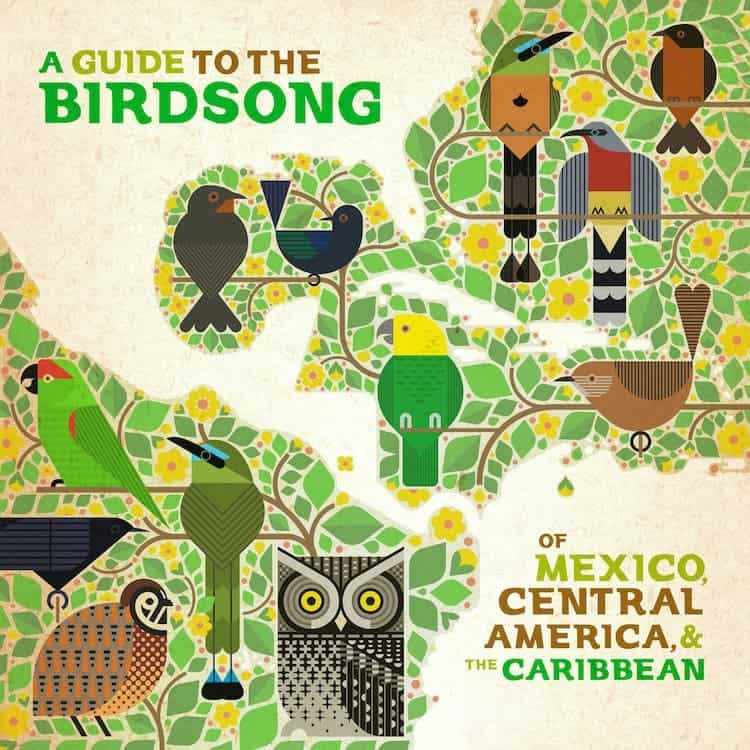An international group of electronic musicians and composers is sampling the sounds of endangered birds as a way to save these lyrical creatures and raise awareness about the challenges these birds are facing.
The artists just published a new album in which they combine their own beats with the sounds of the birds, donating all the profits to conservation efforts.

“A Guide to Birdsong” was started in 2015 by Robin Perkins, a 33-year old composer, DJ, and producer from England. He wanted to take “the songs of endangered birds and challenging musicians to make a piece of music from them,” trying to “marry the worlds of activism of conservation, birdsong and electronic music,” he said.
Perkins worked with a group of artists from each of the endangered or threatened birds’ homelands to build their own songs around the birds’ songs. Electronic music allows artists to do that in a special way, he said.
The first album was focused on South America and raised more than $15,000 for two bird conservation charities.
“The beautiful thing about electronic music is that it opens up this whole toolbox of things that you couldn’t otherwise do, right?” Perkins said in a statement. “So you can take a sample of a bird song and do 5 million things to it. You can turn it into an instrument itself. You can reverse it, you can add effects, you can sample it.”
Following the initial success, Perkins just published a second album featuring birds from Mexico, Central America, and the Caribbean. He invited musicians from around the region, asking for the tracks to include a birdsong from a bird in the range of “near threatened” to “critically endangered.” The 10-track album includes sounds of a wide array of creatures, including the black catbird, bearded screech owl, and the thick-billed parrot. The tracks were done by diverse artists like Garifuna Collective from Belize, Di Laif from Guatemala, Tamara Montenegro from Nicaragua, and many more.
Montenegro chose Nicaragua’s national bird, the turquoise-browed motmot, also known as Guardabarranco. The bird is threatened by loss of habitat primarily due to deforestation. “As a child, I would see this bird freely flying around and meeting his partner in my backyard for sunsets,” she said in a statement, explaining her choice.
The profits collected from the new album will go towards three initiatives that are focused on birds and the conservation of them in Central America and the Caribbean. This includes educating young people about birds, building aviaries to help ones that are injured, promoting birding, and training local guides.
Lisa Sorensen, head of Birds Caribbean, one of the organizations set to benefit from the sales of the album, said in a statement: “We’re envisioning that funding from this project will help us advance on building the supply and the demand for sustainable bird and nature tourism.”






